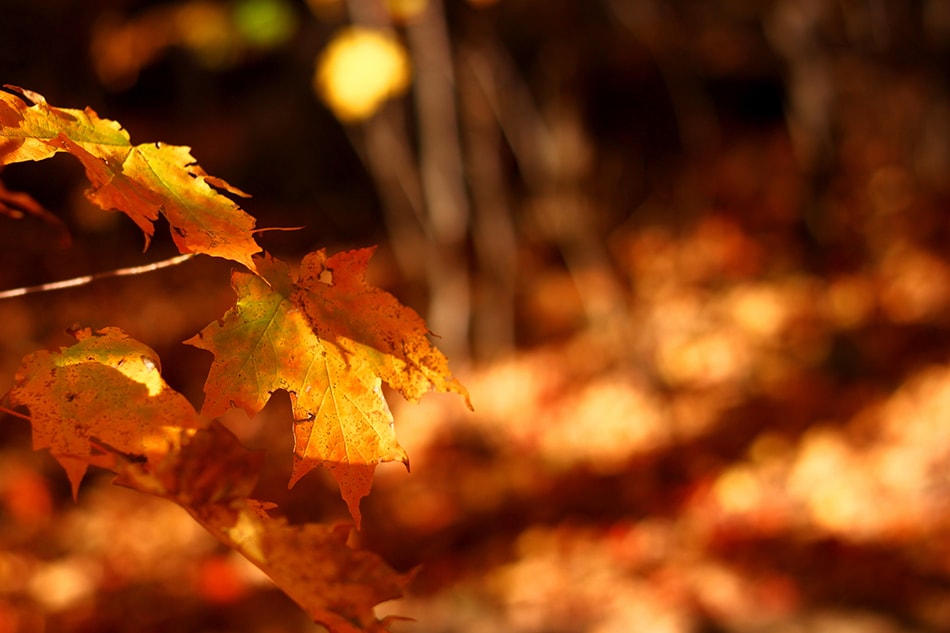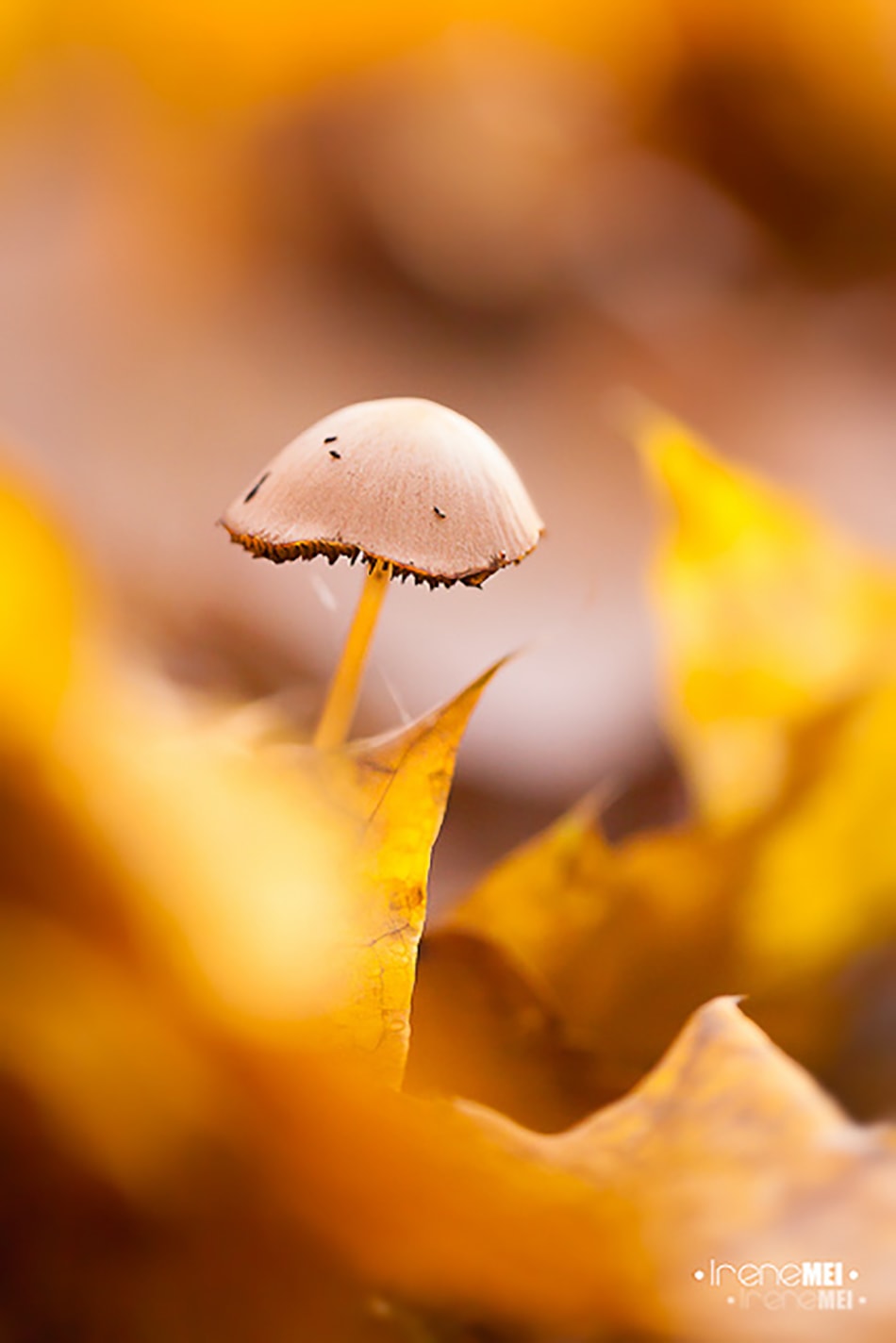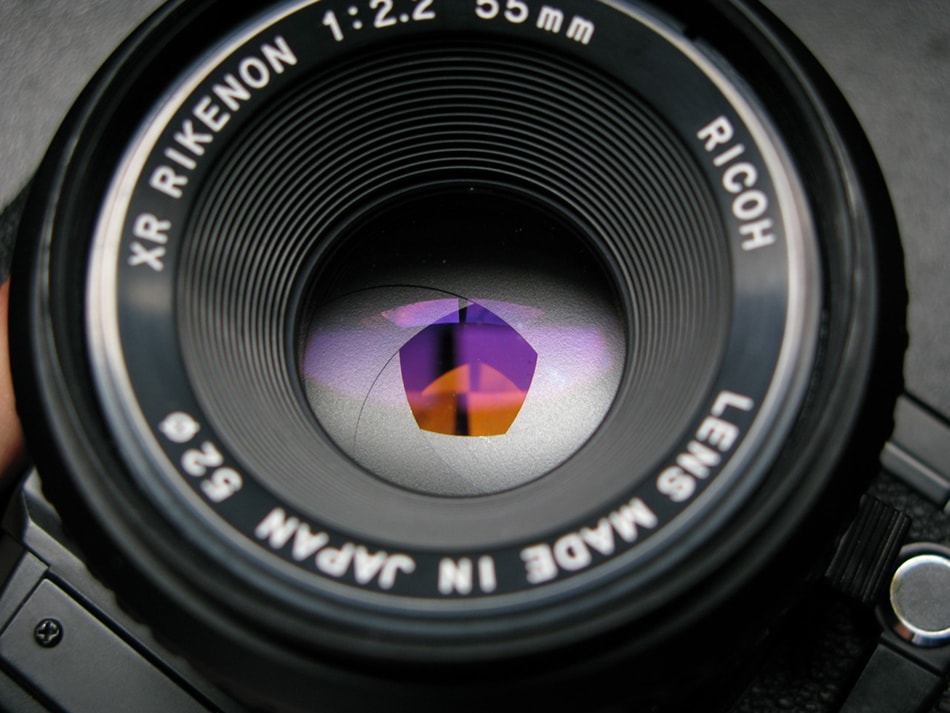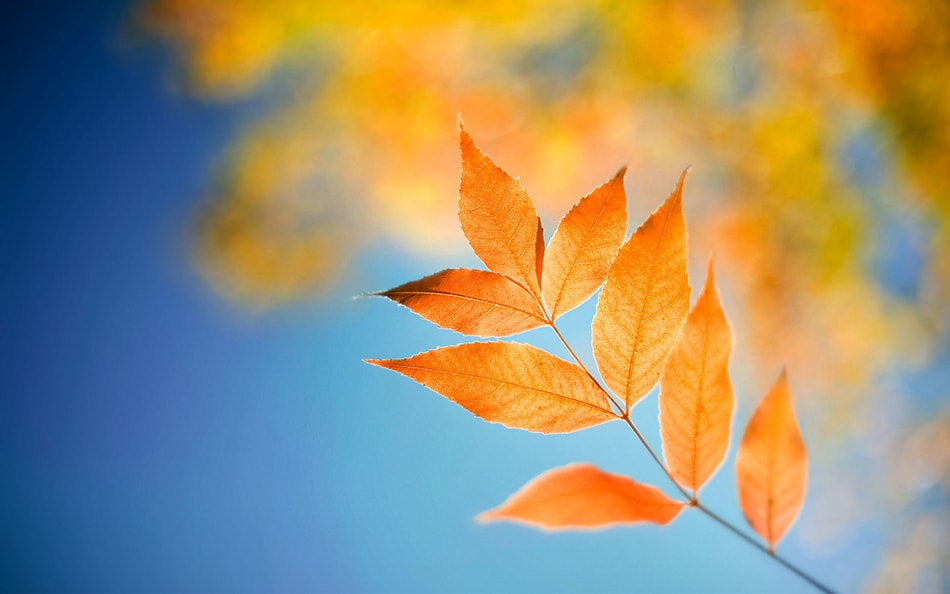7 Handy Tips for Capturing Great Autumn Bokeh
Fall is a beautiful season for photography; the trees are awash in a dazzling array of vibrant colors, and striking, colorful leaves are everywhere. It’s also the time of year for soft shadows and beautiful golden sunsets.
One especially excellent way to capture fall in all of its splendor is by looking to incorporate bokeh into some of your images. Bokeh is a Japanese word that translates into “blur,” and among photographers, it refers to the way the lens renders out-of-focus areas in the background or foreground as orb-shaped spheres of light. Looking to incorporate bokeh into your compositions can make for some striking images, especially during the fall, when the world is awash in color.
As we transition into the cooler autumn months, here are some tips to help you capture some amazing bokeh images this season.
Consider Your Lighting

Image by Cam Miller
You don’t need a strong source of light to achieve great bokeh, in fact, even a simple strand of lights or a streetlamp can make for some amazing bokeh. However, you do need some light, and it does need to be backlighting, or, located behind your subject. For amazing bokeh, the spectacular light found in golden hour can make for some beautiful autumn bokeh. Since the light will be at an angle during this time of day, it’ll be easier for you to position it behind your subject. Beautiful!
Embrace the Colors

Image by Jamie McCaffrey
If you’re hoping to capture the vibrant colors of autumn, consider heading out to a place where the changing foliage is in full swing. The sunlight filtering through the leaves makes a great opportunity for capturing bokeh, allowing you to create some classic autumn bokeh images. Heading out just after the rain can make for some striking images. Since the leaves will be damp they’ll be more vibrant and the colors more saturated than they would otherwise be.
Look to Include Foreground Bokeh

Image by Irene Mei
In most images, bokeh features in the background, but you can capture beautiful foreground bokeh as well. Both foreground and background bokeh are similar in that if you focus on the subject, and there’s a distant element in the background, that element will be out of focus. Similarly, if you have an element that’s close to your lens, and it’s out of focus, you can capture some great foreground bokeh as well.
For great foreground bokeh, you’ll want to pay attention to the light and look for elements of light. Autumn light filtering through some leaves, translucent flowers or stalks of grass, or drops of dew clinging to a spider web can present great opportunities for beautiful foreground bokeh.
Choose Your Subject

Image by Thomas Hawk
Bokeh can enhance almost any type of imagery. While the most common shots of autumn bokeh feature leaves or foliage, you can capture bokeh in a range of different situations. Consider photographing city lights after dark, or heading to a farmers’ market to capture the good that are on display. Aim to capture bokeh in the background of your autumn portraits, or get up close to an insect, an acorn, or seeds for some beautiful macro shots. There’s no shortage of opportunities for bokeh in the fall, so keep your eyes open! Any time you see some beautiful light reflecting off of something in the background or foreground, you know you have a great chance to capture bokeh.
Choose Your Lens

Image by Nayuki
While you can capture bokeh with a number of different lenses, some lenses are especially suited for rendering out-of-focus points of light as bokeh. Ideally, you’ll want to use a very fast lens, and one that has a wide aperture (say f1.8 or f1.4, or even f1.2 if you can). Prime lenses are especially popular lenses for bokeh; since they’re extremely fast, and have a wide aperture, they tend to produce great results.
Adjust Your Focal Length

Image by Pedro Fernandes
If you have a fast lens, by all means use it, but if you don’t have one – don’t worry. You can still capture some great bokeh. Just increase the distance between your subject and the background, or zoom in closer to your subject to separate them from the background, resulting in more blur – and better bokeh. Keep in mind that the farther your subject is from the background, the more creamy and blurred the background will be.
Open Up Your Aperture

Image by Aaron Crowe
In order to capture great bokeh, you’ll want to set your camera to manual or aperture priority mode. Using a wide aperture of at least f/2.8 will help to draw your subject into focus, while throwing the background out of focus, creating the perfect opportunity for bokeh.
The next time you’re out capturing some of those amazing fall colors, look for opportunities to incorporate some bokeh into your shots. Capturing bokeh isn’t too difficult, and with a bit of practice, you’ll be able to quickly and easily spot opportunities to include it in your shots, adding something extra to your images this season.
Love bokeh? Have any tips for capturing it? We’d love to hear them! Feel free to share them with us on Twitter or Facebook.
